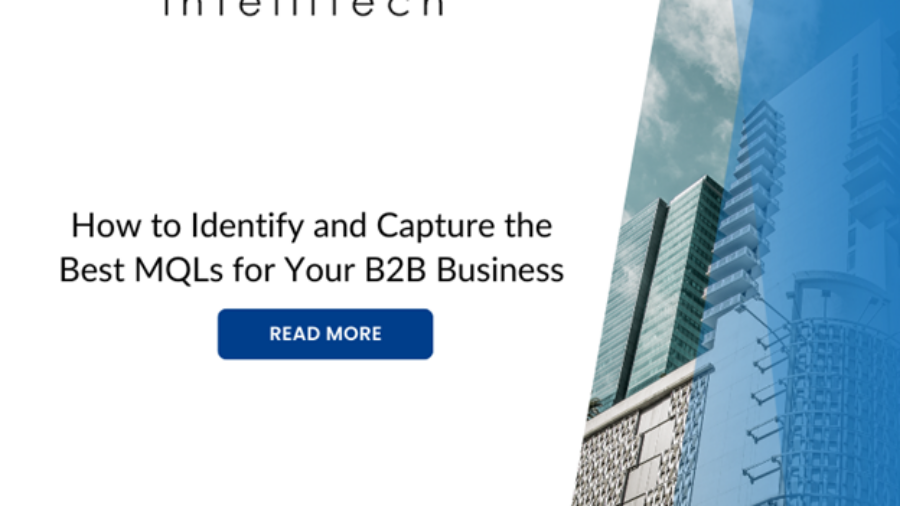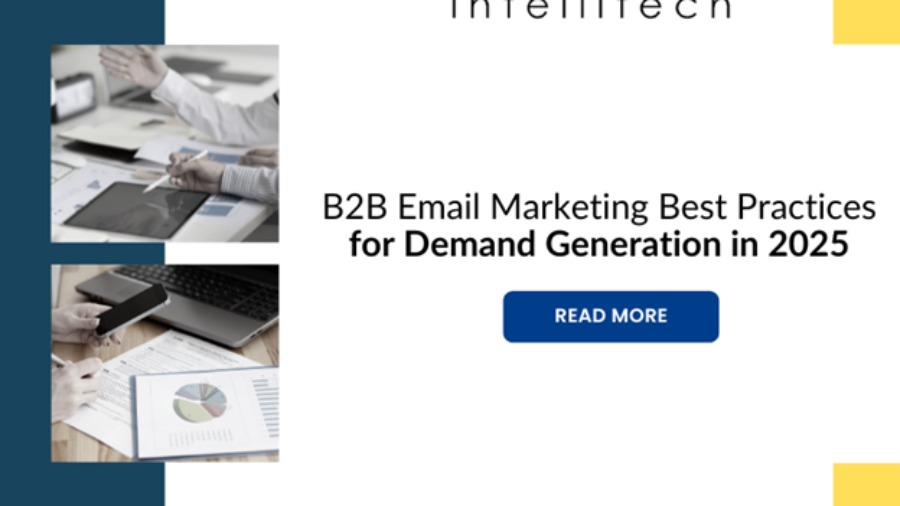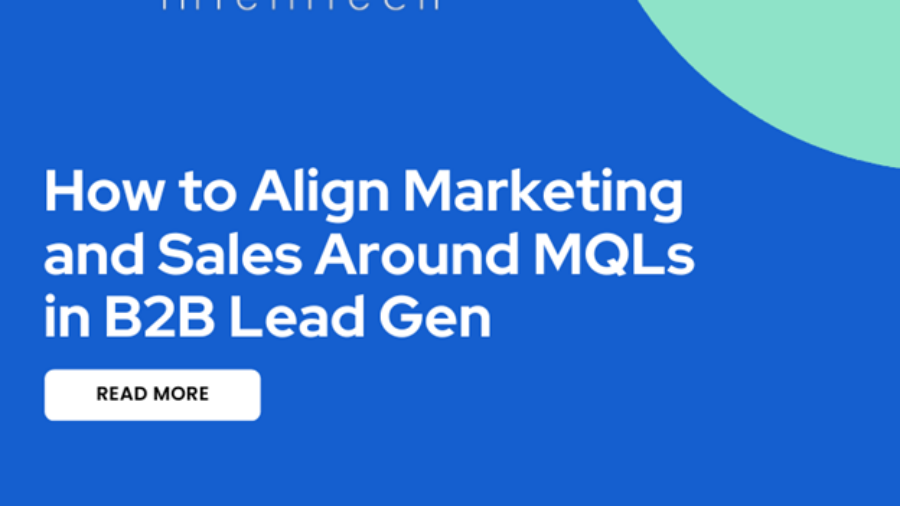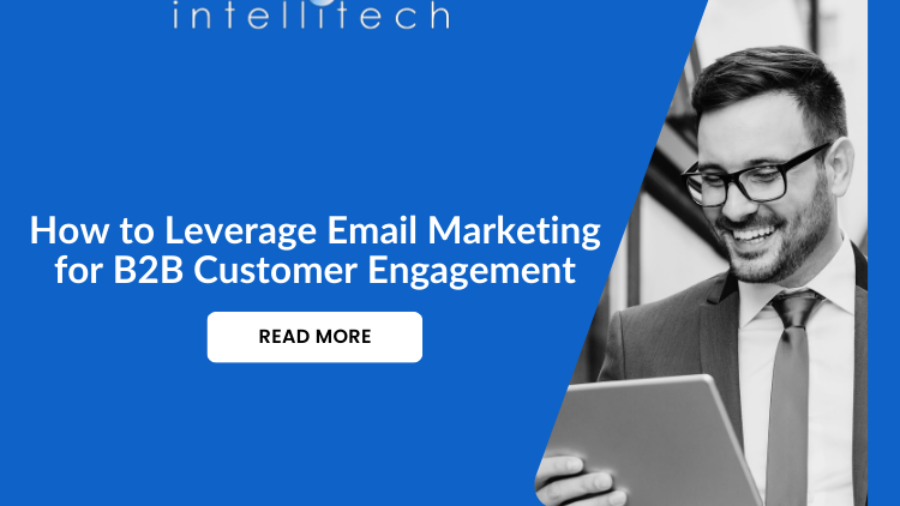Marketing Qualified Leads (MQLs) are the lifeblood of B2B demand generation efforts, serving as a bridge between marketing and sales teams. These leads demonstrate a strong interest in your product or service and have shown behaviors that indicate they are more likely to become paying customers. Identifying and capturing the best MQLs is crucial to optimizing your sales pipeline and driving revenue growth. Here’s how you can refine your strategy to find and engage the most promising leads for your B2B business.
Establish Clear Criteria for MQLs
MQLs typically represent leads who have engaged with your content or marketing materials in ways that signal buying intent. Collaborate with your sales team to define the qualifying criteria, ensuring alignment between marketing’s lead generation efforts and sales’ expectations for handoff.
Leverage Intent Data and Behavioral Insights
Identifying the best MQLs requires more than tracking basic engagement like form submissions or page visits. You need to understand the depth of interest and buying intent behind each interaction. Intent data, which tracks prospect behavior both on your website and across third-party platforms, provides valuable insights into what topics or products a lead is researching.
Collaboration Between Marketing and Sales
A strong collaboration between your marketing and sales teams is crucial for seamless lead handoff. Regular meetings between the two departments allow for real-time feedback on lead quality and conversion success. Sales teams can provide insights into which MQLs are converting into customers and what additional information they may need to close deals faster.
Conclusion
In the world of B2B marketing, identifying and capturing the best MQLs is essential to driving revenue and optimizing your sales pipeline. By defining clear criteria, leveraging intent data, nurturing leads with targeted content, fostering marketing and sales collaboration, you can fine-tune your approach and ensure your business captures high-quality leads ready to convert into loyal customers.





